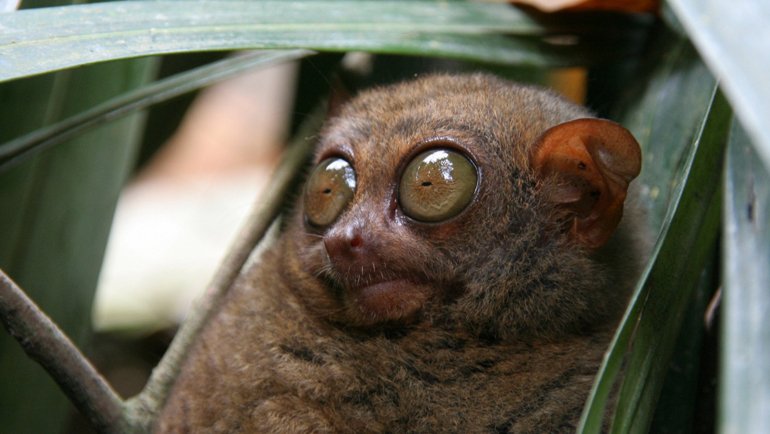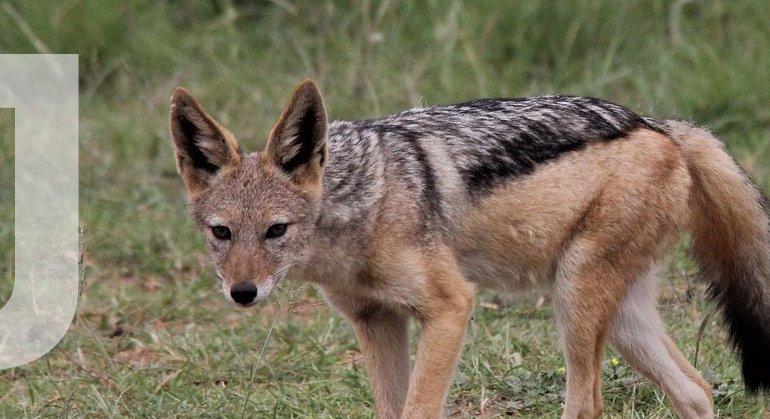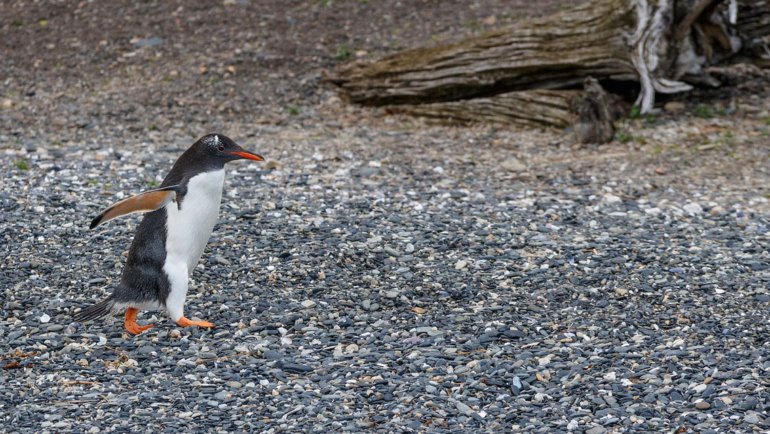Antlers have long been a symbol of majesty and power in numerous cultures around the world. They’re not just ornate structures atop the heads of certain animals but serve a myriad of biological and ecological purposes.
Ranging from being essential tools for competition to seasonal indicators, antlers are more than just nature’s crown. Let’s explore the world of antlered animals and delve into their fascinating biology.
7 Animals With Antlers: Overview
Animals With Antlers: Pictures and Facts
Moose
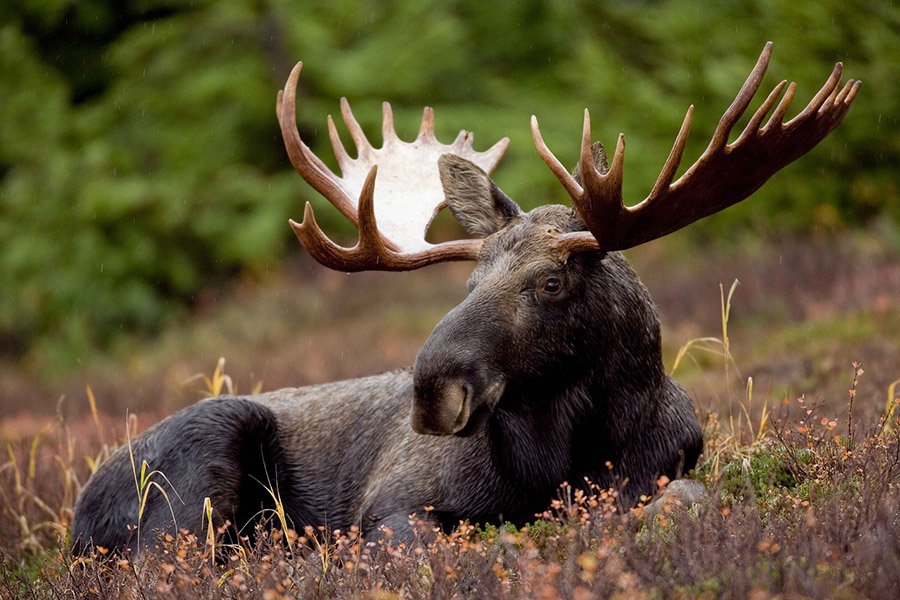
- Scientific name: Alces alces
- Where found: North America, Northern Europe, and Northern Asia
The moose is the titan of the deer family. Their expansive, palmate antlers, which can stretch up to 6 feet wide, are a testament to their dominance in the wild.
Roaming the chilly environs of the boreal forests, moose have a preference for wet areas — swamps, ponds, and lakeshores — which offer their staple diet of aquatic plants.
These solitary creatures are surprisingly nimble swimmers, easily covering several miles in water in search of food or to evade predators. Moose have a critical role in shaping their environment; their feeding habits can influence the vegetation mix in a region.
Did you know? Despite their size, moose can run up to 35 miles per hour!
Caribou / Reindeer
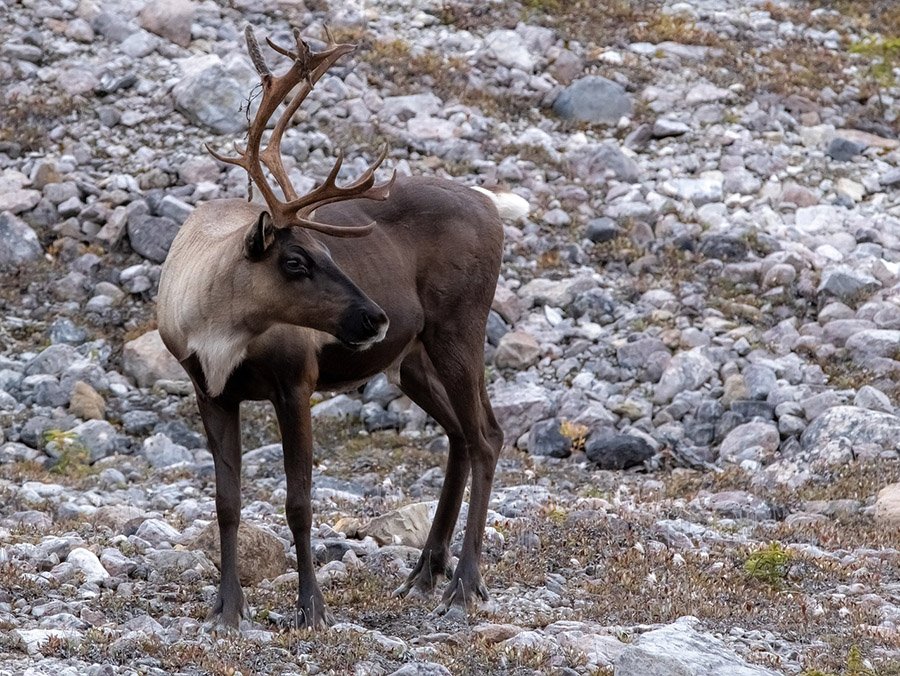
- Scientific name: Rangifer tarandus
- Where found: North America, Northern Europe, and Northern Asia.
Caribou, synonymous with reindeer in Europe, stand unique amongst deer — both males and females grow antlers. This adaptation is more than just ornamental.
For the females, it can mean the difference between life and death, allowing them to access food sources buried deep beneath the snow.
Caribou are wanderers, with some populations migrating over 3000 miles in a year, the longest documented movement of any terrestrial mammal. Their hooves adapt to the season: spongy pads for summer terrains and sharp-edged crescents for icy winter landscapes.
Did you know? Caribou have specialized noses that help warm incoming cold air before it reaches the lungs!
Elk
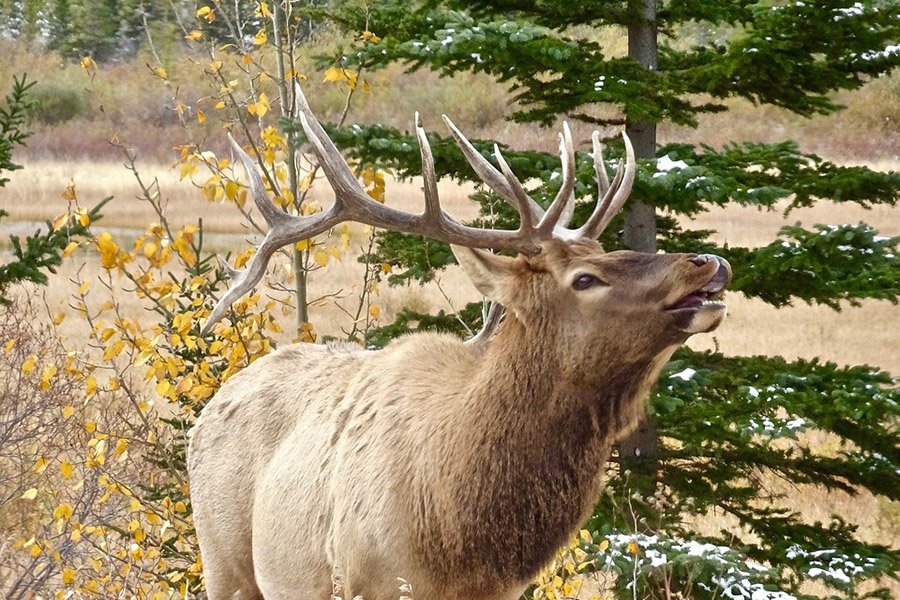
- Scientific name: Cervus canadensis
- Where found: North America and Eastern Asia
The haunting bugle of a male elk during the rutting season resonates through the mountainous regions they inhabit. These vocal displays, coupled with their impressive antlers, are a means to establish dominance and attract females.
Elks are social animals, often found in groups segregated by gender. They are herbivores with a varied diet that shifts with the seasons, consuming grasses, plants, leaves, and even bark.
Did you know? An elk’s antlers can weigh up to 40 pounds!
White-Tailed Deer
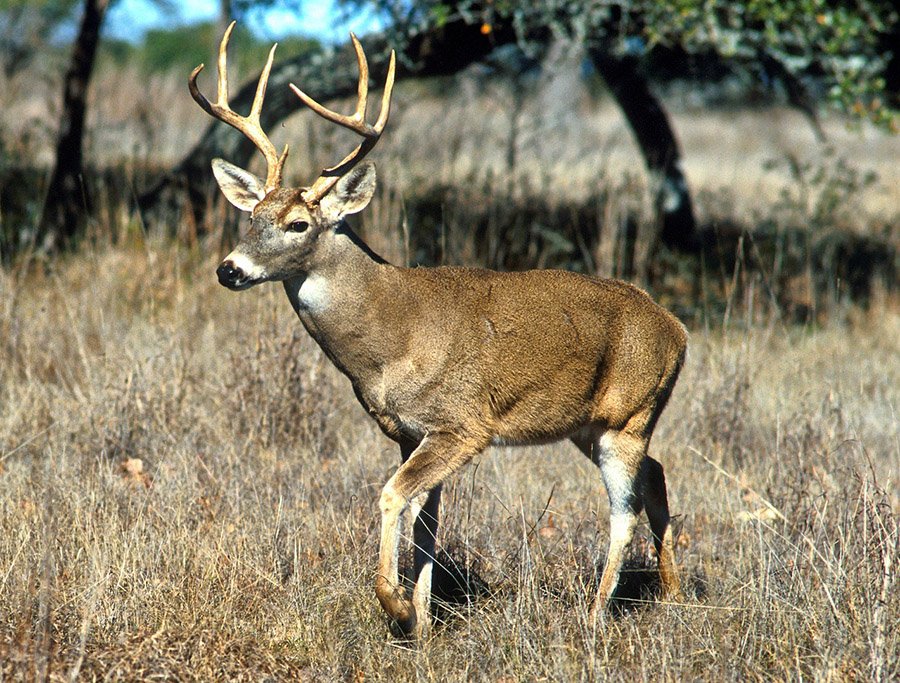
- Scientific name: Odocoileus virginianus
- Where found: Throughout most of North and Central America.
The grace and agility of the white-tailed deer are unmatched. Their white underside tail, which they raise as a warning signal, has earned them their name.
These deer are highly adaptable, living everywhere from dense forests to suburban fringes, skillfully avoiding predators like cougars and wolves. Their diet is diverse, including leaves, twigs, fruits, and nuts, shifting based on what’s available during the season.
Did you know? When threatened, white-tailed deer can jump 10 feet high and sprint at speeds up to 30 mph!
Red Deer
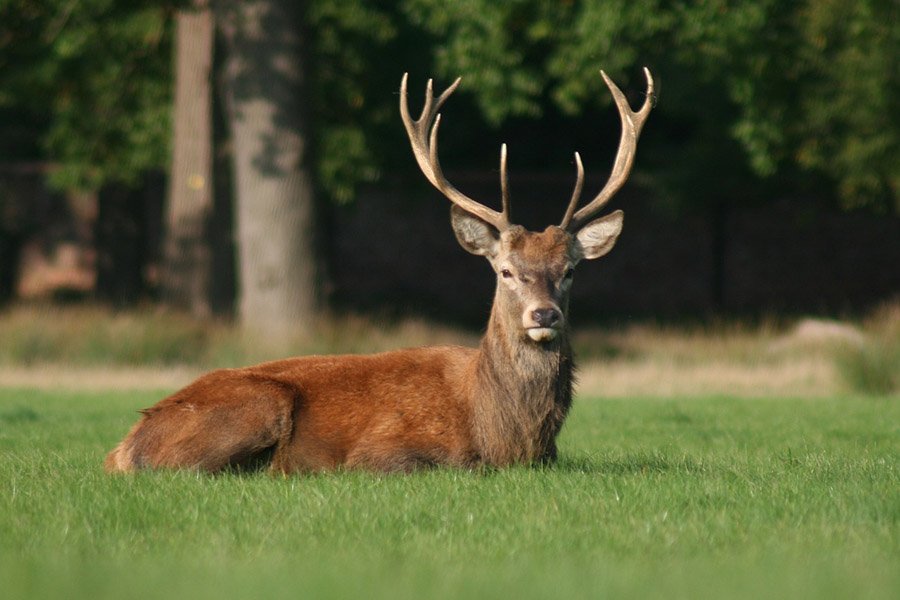
- Scientific name: Cervus elaphus
- Where found: Europe, Asia Minor, and parts of Western and Central Asia.
Red deer are steeped in history, playing a prominent role in European traditions and folklore. They inhabit a variety of habitats, from forests to moors. Males, known as stags, have grand antlers which they shed and regrow annually.
The rutting calls of red deer stags, much like elk, are mesmerizing. They feed on grasses, shrubs, and trees, often moving to higher altitudes in summer and descending in winter.
Did you know? Some red deer antlers can grow up to an inch a day during peak growth periods!
Roe Deer

- Scientific name: Capreolus capreolus
- Where found: Europe and Asia.
Roe deer are the enchanters of the forest. Compact and graceful, they’re the smallest of the European deer species. These deer are territorial, marking their domains with scent from their facial glands.
Their diets comprise grasses, herbs, leaves, and shoots. Unlike other deer species, roe deer do not form harems, and the males are less aggressive during the rutting season.
Did you know? Roe deer can make rapid, zigzag jumps when trying to escape a predator!
European Fallow Deer
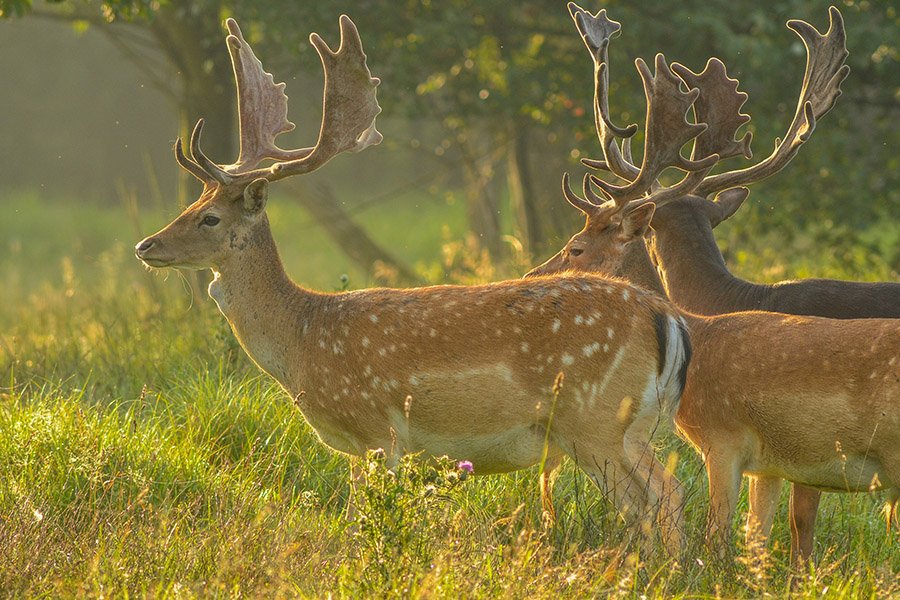
- Scientific name: Dama dama
- Where found: Originally from Europe but now found in many parts of the world due to introductions.
With their distinctive palmate antlers and dappled coats, European fallow deer are true forest aristocrats. Brought to various parts of the world by ancient civilizations, their adaptability has made them a favorite game animal.
Fallow deer are the most vocal of all deer, communicating through a series of calls, barks, and grunts. Their diet includes grass, herbs, and young shoots.
Did you know? Fallow deer come in a variety of colors ranging from black, brown, and even white!
What’s the Difference Between Antlers and Horns?
Antlers and horns, while both prominent features on various animal species, differ fundamentally in both structure and purpose. Antlers are exclusive to the deer family, including moose, elk, reindeer, and deer. They are made of bone, grow annually, and are typically shed each year.
These impressive structures primarily function as weaponry in battles for dominance and mating rights. As the mating season or rut concludes, antlers are often cast off, with a new set starting to grow almost immediately, covered in a skin called “velvet” that supplies them with nutrients.
Horns, on the other hand, are a more permanent feature found in animals like goats, sheep, and buffalo. Composed of a bony core enveloped by a layer of keratin (the same protein in our hair and nails), horns do not shed and continue to grow throughout the animal’s life.
Their main purposes range from thermoregulation, defense against predators, and dominance displays during mating seasons. Unlike antlers, both males and females in a species might possess horns, though size and shape can differ significantly between genders.
One key takeaway is the cycle of growth and shedding. While antlers are grown and shed annually, horns persist and grow throughout an animal’s life, making them a testament to the age and experiences of the bearer.
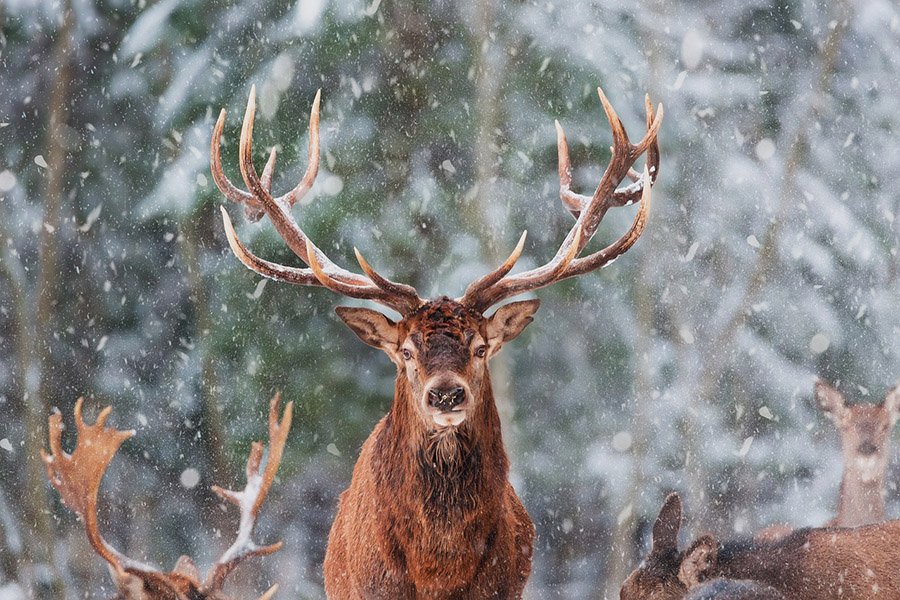
Why Do These Animals Have Antlers?
Antlers, beyond being mere ornamental structures, serve critical biological and evolutionary functions. For many species, antlers play a pivotal role in reproductive success.
Male deer use their antlers in combative displays and actual fights, asserting dominance to win the right to mate. The size and complexity of an individual’s antlers can indicate its health, age, and genetic fitness, making it more attractive to potential mates.
Furthermore, the process of growing and shedding antlers annually is energetically taxing, and only animals in top health conditions can afford to invest resources in substantial antler growth.
This makes antlers a reliable indicator of an individual’s vitality. From an evolutionary standpoint, having grand antlers might attract more females and hence increase the chances of passing on genes to the next generation.
Beyond mating rituals, antlers have other utilities. They can be used for self-defense against predators or to clear away snow and access food in winter months. The annual growth and shedding cycle also offer deer a chance to repair any damage sustained, ensuring they always have a robust set of antlers when needed.
Frequently Asked Questions
Do all deer species have antlers?
Mostly, male members of the deer family, or cervids, have antlers. However, there are exceptions. For instance, female reindeer (or caribou) also have antlers. Conversely, a few small deer species, like the musk deer, lack antlers entirely.
How fast do antlers grow?
Antlers are among the fastest-growing tissues in the animal kingdom. In some species, antlers can grow up to an inch (2.5 cm) a day during peak growth phases!
Why do some deer have larger antlers than others?
Antler size can be influenced by various factors, including genetics, age, nutrition, and overall health. In many species, older males have larger and more elaborate antlers, which come as a result of several years of growth.
Are antlers a good indicator of a deer’s age?
Not precisely. While younger deer tend to have smaller antlers, the size and complexity can plateau in middle age. Nutrition and health can also play significant roles. So, while age can influence antler size, it’s not a definitive indicator.
Do antlers hurt when they grow?
While the exact sensations deer feel are unknown to us, antler growth is a natural process. The velvet that covers growing antlers is sensitive and rich in blood vessels, but there isn’t evidence to suggest that the growth process is painful.
How do deer shed their antlers?
After the rutting (mating) season, decreased testosterone levels trigger the weakening of the pedicle (base) of the antler. Over time, this causes the antler to fall off. Sometimes, the action of rubbing against trees or physical activity can hasten the shedding process.
Can other animals have antlers?
True antlers are exclusive to the deer family. However, other horn-like or antler-like structures can be found in different animals, but they differ in composition, growth patterns, and purpose.
Which animal has the largest antlers?
The moose boasts the largest antlers among all deer species. A mature male moose’s antlers can span six feet (about 1.8 meters) from tip to tip and can weigh up to 40 pounds (18 kg)!
